
Easy as 1-2-3: How to Deposit Cash Through an ATM
22 Nov 2023
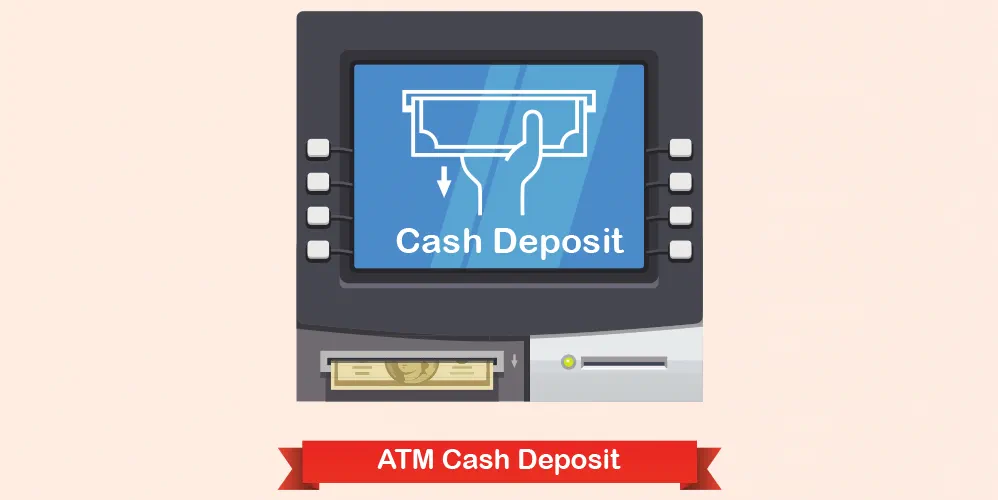
Table of Content
In our fast-paced world, convenience is king. And when it comes to banking, automated teller machines (ATMs) have revolutionized the way we manage our finances. Gone are the days of standing in long queues at the bank to deposit cash. With the advent of ATMs, depositing money has become as simple as ever. In this blog post, we will explore the steps involved in making a cash deposit at an ATM, discuss some useful tips, and weigh the advantages and disadvantages of this convenient banking method.
Steps for Making a Cash Deposit at an ATM
Step 1: Locate an ATM
The first step to depositing cash through an ATM is to find a machine near you. Most banks have ATMs conveniently located in various places, such as branches, shopping centers, or even standalone kiosks. Take note of your bank's network of ATMs to ensure you find one that suits your needs.
Step 2: Insert your card and choose the appropriate language
Once at the ATM, insert your debit or ATM card into the designated slot. Follow the instructions displayed on the screen and select your preferred language, if necessary.
Step 3: Enter Your PIN
After inserting your ATM card , the machine will prompt you to enter your Personal Identification Number (PIN). This four-digit code ensures the security of your account. Carefully enter your PIN, taking care to shield the keypad from prying eyes.
Step 4: Select "Deposit"
Once you've successfully entered your PIN, the ATM menu will appear on the screen. Look for the option labeled "Deposit" and select it to proceed with your cash deposit.
Step 5: Follow On-Screen Instructions
The ATM will guide you through the deposit process via clear on-screen instructions. Typically, you will be asked to specify the account in which you want to deposit the cash. Choose the appropriate account, usually a checking or savings account, and proceed to the next step.
Step 6: Insert Cash
Now comes the moment to deposit your cash. Take your time to count the bills carefully, ensuring their accuracy. Insert the cash into the designated slot or tray provided by the ATM. Some machines may require you to place the cash into an envelope provided by the ATM, while others allow you to insert the bills directly.
Step 7: Confirm and Complete the Transaction
After depositing the cash, the ATM will display the total amount you've inserted. Take a moment to review the transaction details and confirm that everything is correct. Once you're satisfied, complete the transaction by selecting the appropriate option on the screen.
Tips for Using an ATM
1. Be aware of your surroundings: When using an ATM, make sure you're in a well-lit and secure area. Avoid using ATMs late at night or in remote regions.
2. Keep your PIN safe: Remember your PIN and do not write it down. Avoid revealing your PIN to anyone, and shield the keypad when entering it to prevent others from seeing it.
3. Double-check the deposit slot: Before inserting your cash, make sure there are no obstructions or foreign objects in the deposit slot. This will help prevent any issues with your transaction.
4. Save your receipts: ATMs typically provide the option to print a receipt for your transaction. It's a good practice to keep these receipts until you've confirmed that the deposit has been credited to your account.
Also Read : Everything You Need to Know About Withdrawing Money from ATMs
Advantages of Using an ATM to Deposit Cash
1. Convenience: Depositing cash through an ATM is incredibly convenient. You can make deposits at any time that suits you, without having to wait in long lines at the bank.
2. Time-saving: With ATMs, you can deposit cash quickly and efficiently. The entire process usually takes just a few minutes, allowing you to get on with your day without any hassle.
3. Accessibility: ATMs are widely available, making it easy to find a machine near your home, workplace, or other frequently visited locations.
Disadvantages of Using an ATM to Deposit Cash
1. Deposit limits: ATMs have deposit limits in place to prevent fraudulent activities. Depending on your bank and the type of account you hold, these limits may vary. It's important to check with your bank to understand how much money you can deposit through an ATM.
2. Lack of personal interaction: Unlike depositing cash with a teller at the bank, using an ATM eliminates the opportunity for face-to-face communication. Some individuals may prefer the personal touch of interacting with a bank employee.
Alternatives to ATMs for Depositing Money
1. In-branch deposits: If you prefer a more personal experience, you can visit your bank's branch and make a cash deposit with the assistance of a teller.
2. Mobile banking: Many banks now offer mobile banking applications that allow you to deposit checks using your smartphone's camera. This method can be particularly useful for those who rarely deal with cash.
Conclusion
Depositing cash through an ATM has become a straightforward process, revolutionizing the way we handle our finances. By following a few simple steps, you can quickly and securely deposit cash into your account at any time. While there are advantages and disadvantages to using ATMs for cash deposits, the convenience they offer is hard to beat. So next time you find yourself with some extra cash on hand, head to the nearest ATM and enjoy the ease of depositing money into your bank account hassle-free.
Popular Articles
Tag Clouds
Related Articles
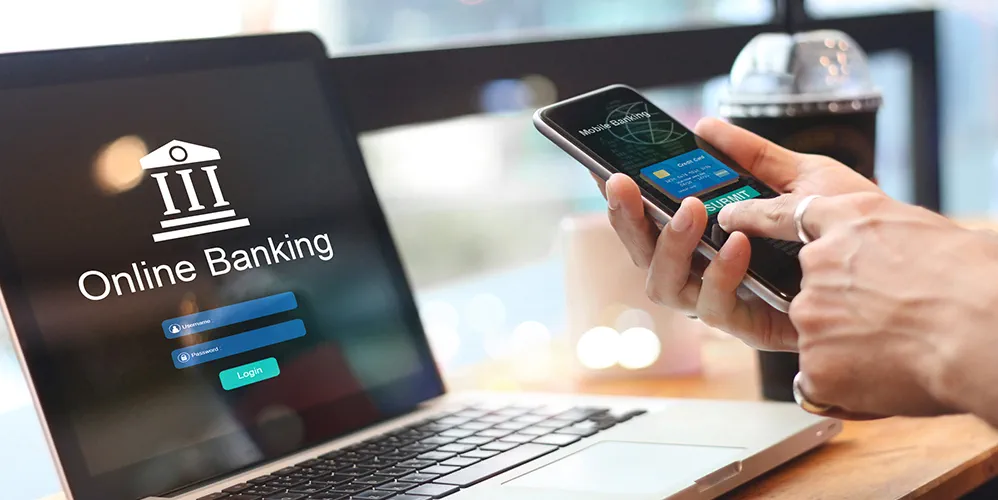
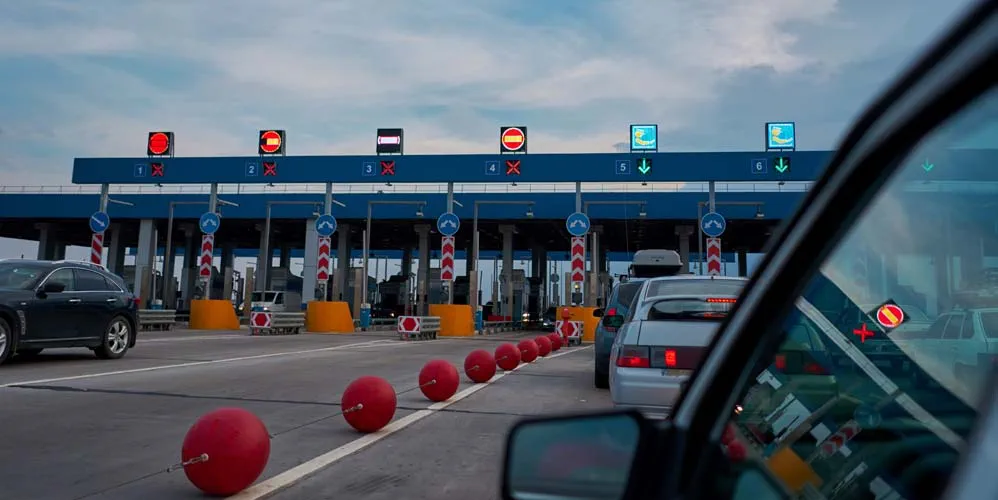
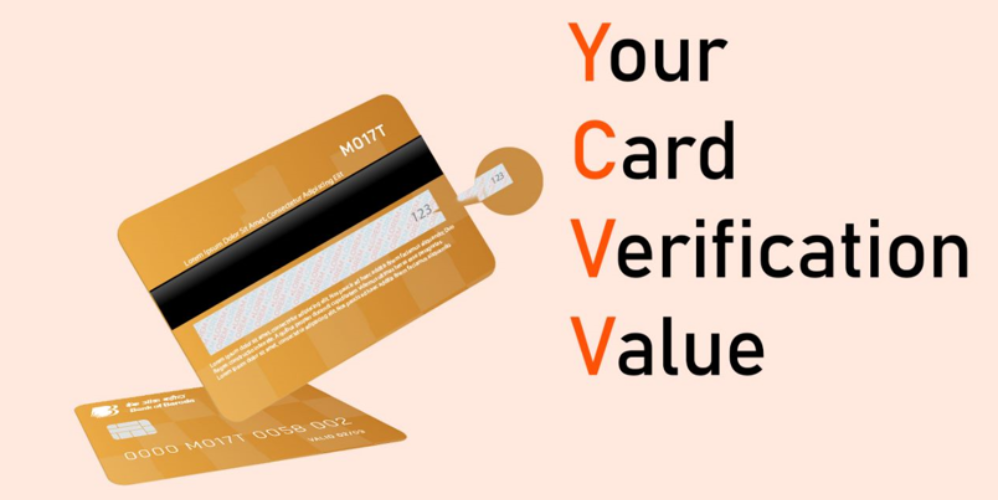
What is CVV on a Debit Card? Understanding Its Importance and Security Features
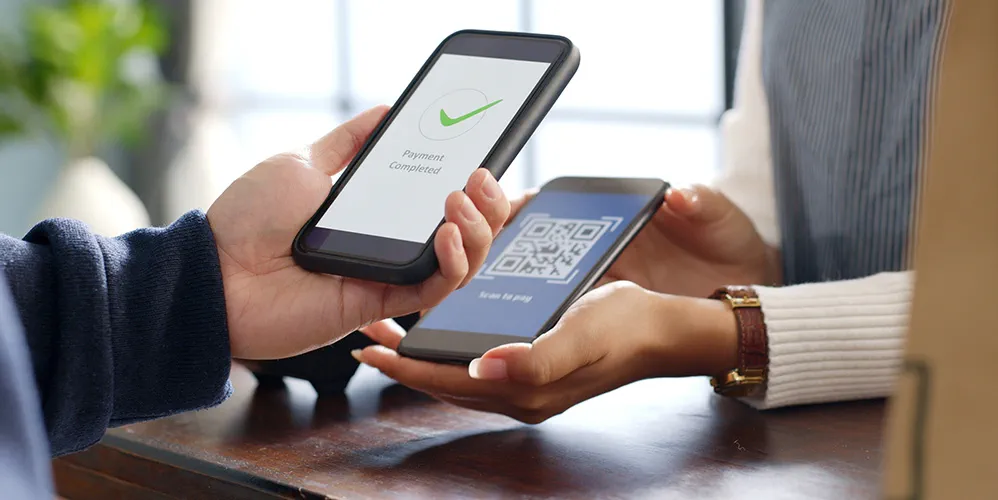

How to Update Your FASTag KYC: Step-by-Step Guide for Online & Offline Methods

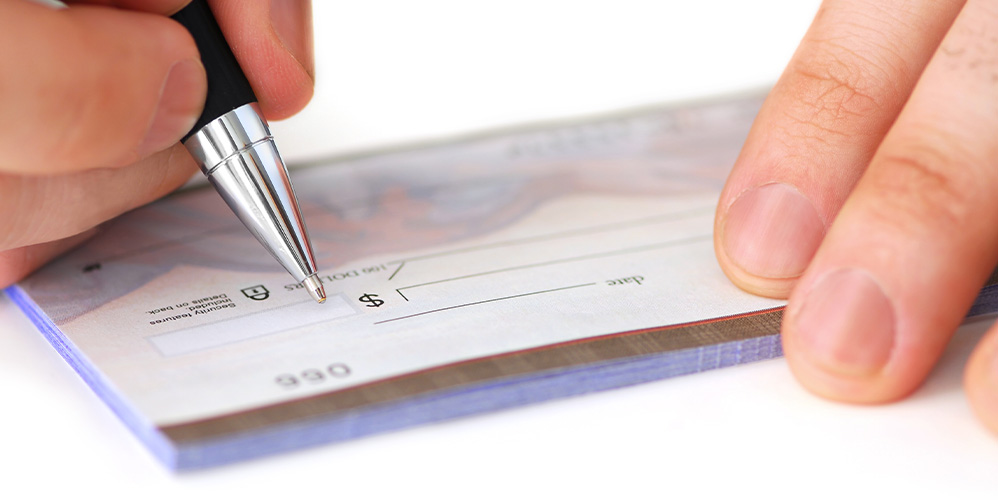
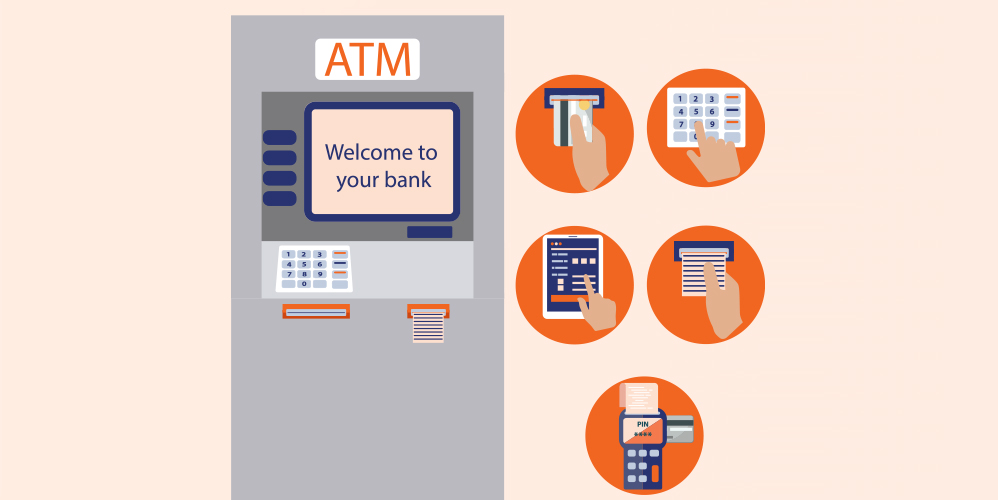

The Importance of Pension Funds: Secure Your Future with Steady Retirement Income

-
Disclaimer
The contents of this article/infographic/picture/video are meant solely for information purposes and do not necessarily reflect the views of Bank of Baroda. The contents are generic in nature and for informational purposes only. It is not a substitute for specific advice in your own circumstances. Bank of Baroda and/ or its Affiliates and its subsidiaries make no representation as to the accuracy; completeness or reliability of any information contained herein or otherwise provided and hereby disclaim any liability with regard to the same. The information is subject to updation, completion, revision, verification and amendment and the same may change materially. The information is not intended for distribution or use by any person in any jurisdiction where such distribution or use would be contrary to law or regulation or would subject Bank of Baroda or its affiliates to any licensing or registration requirements. Bank of Baroda shall not be responsible for any direct/indirect loss or liability incurred by the reader for taking any financial decisions based on the contents and information mentioned. Please consult your financial advisor before making any financial decision.
What is Digital Rupee and how does it work
Learn what the Digital Rupee is, why it's being introduced, how it works, the types of Central Bank Digital Currency (CBDCs), and how to acquire it. Gain a better understanding of digital currency at Bank of Baroda.
From PINs to Receipts: Everything You Need to Know About Withdrawing Money from ATMs
Learn how to withdraw cash from an ATM with simple steps from Bank of Baroda. Discover how to take money from an ATM, get security tips for withdrawing money & explore the various types of ATM cards & PINs available.

